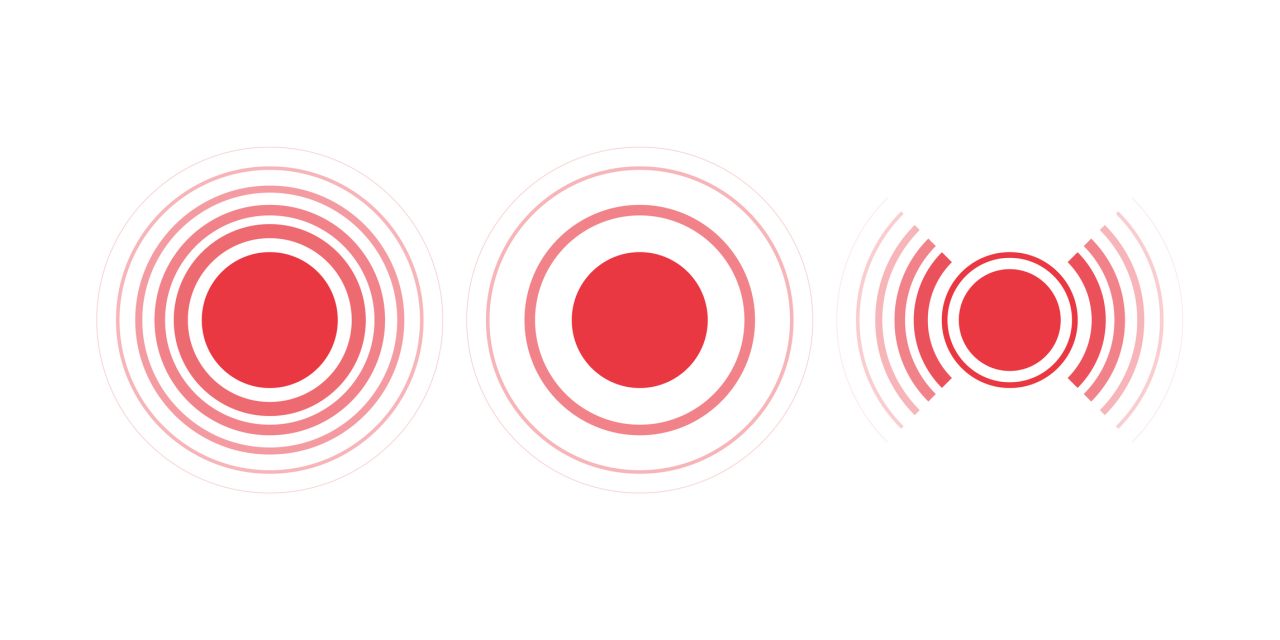The long-term use of oral corticosteroids is associated with severe adverse effects. However, the risk of corticosteroid bursts, especially among children, is not known. This study aims to quantify the associations of corticosteroid bursts with severe adverse events in children.
This cohort study included data of 4,542, 623 children who were prescribed a single corticosteroid burst. Eligible patients were younger than 18 years of age and used a self-controlled case series design. The primary outcomes of the study were incident rates of the following severe adverse events: gastrointestinal (GI) bleeding, sepsis, pneumonia, and glaucoma.
The findings showed that acute respiratory tract infections and allergic diseases were the most common adverse events in children who were prescribed oral corticosteroids. The incidence rate difference per 1000 person-years between children administered to a single oral corticosteroid dose and those who did not take the dose was 0.60 for GI bleeding. 0.03 for sepsis. 9.35 for pneumonia and 0.01 for glaucoma. The IRRs within 5-30 days after initiating the dose were 1.41, 2.02, 2.19, and 0.98 for the respective complications.
The research concluded that oral corticosteroid bursts in children were associated with a higher risk of severe adverse events, including GI bleeding, sepsis, pneumonia, and glaucoma.
Ref: https://jamanetwork.com/journals/jamapediatrics/fullarticle/2778775?resultClick=1


